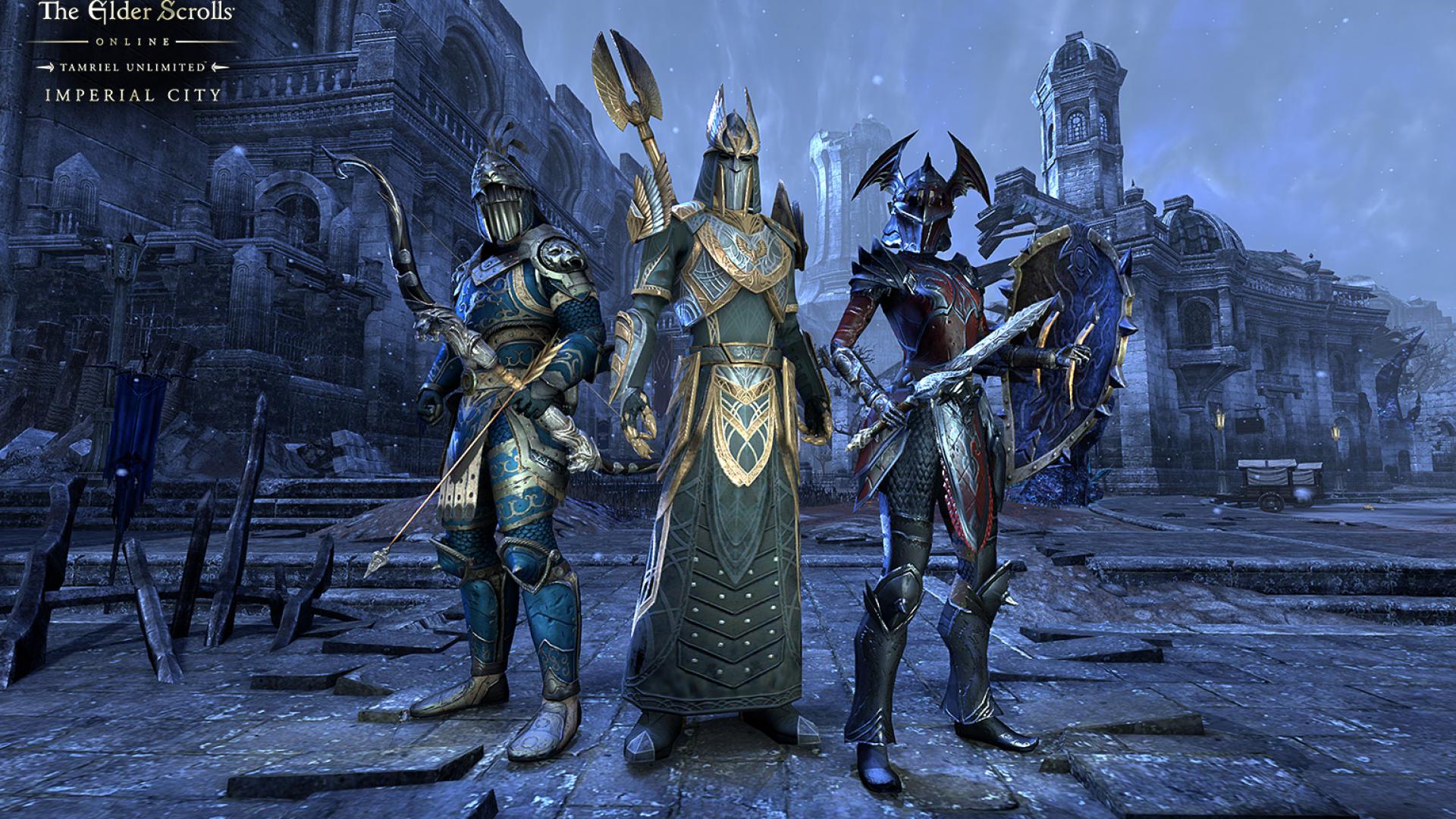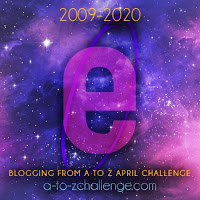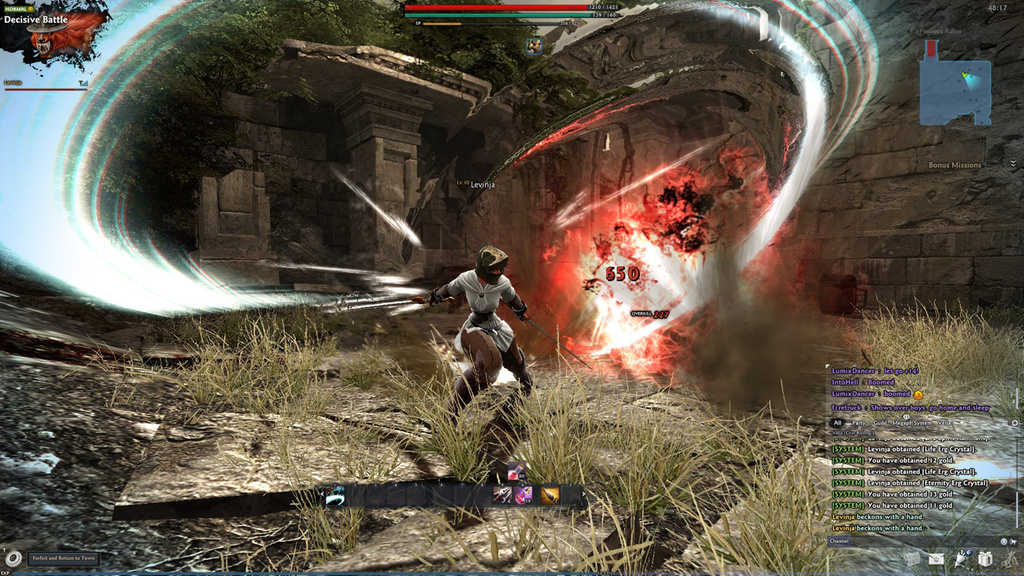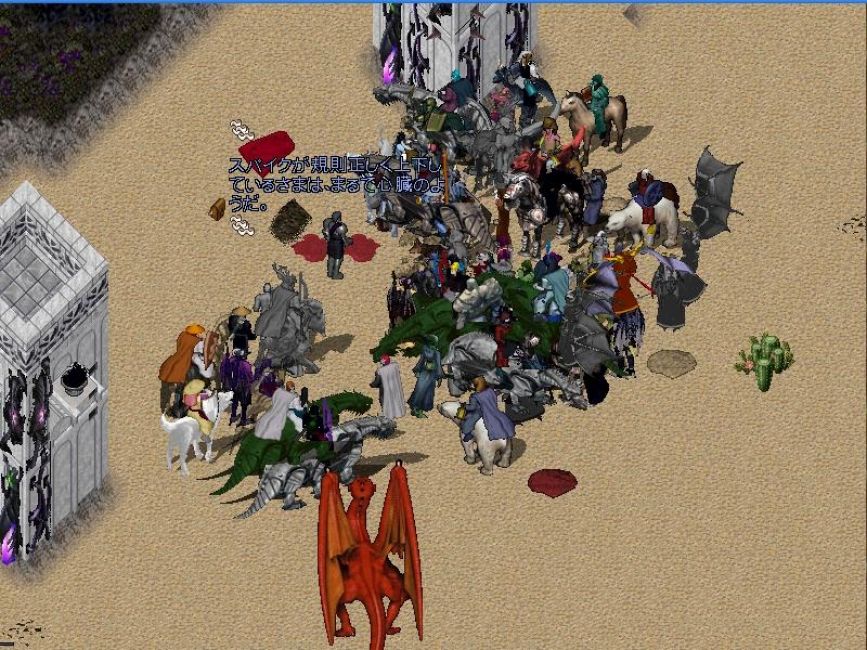
The aim of my Blogging From A to Z Challenge is to find the origins of online games, some relatively modern and some with ancient roots. Gaming might well be a modern take on an art that is almost timeless – storytelling. A perfect excuse for a writer to delve a little deeper. [Visit here for links to other A to Z participants.]
Game: The Elder Scrolls is a series of action fantasy RPGs known for its elaborate and richly detailed open worlds and its focus on free-form gameplay.
Release Date: March 25, 1994
Developer/Publisher: Bethesda
Genre/gameplay mechanics: RPG; open world; fantasy; action-adventure; 3rd person; multi-player; “a game designed to encourage exploration and reward curiosity”; choices are crucial.
Setting: The Elder Scrolls games primarily take place on the fictional continent of Tamriel, located on the world of Nirn, but there are a few exceptions, although these exist in the same fictional universe. The high-fantasy setting is realistic with detailed, immersive graphics as series evolved.
Storytelling: Rich and extensive with a developed history, or as Wikipedia says, “In accordance with many literary high fantasy works, the world of The Elder Scrolls is known for its attention to detail, including well-developed lore and backstory. This includes a vast amount of information such as names, dates, and places that constitute its history and the interconnected structure of its various societies, cultures, and religions.”
Releases + Expansions: The Elder Scrolls has evolved through seven releases and ten expansions.
Current release: The Elder Scrolls Online, an MMORPG set in Tamriel, released in April 2014 to mixed reviews. The response improved significantly with the re-release in January 2015. It was renamed as The Elder Scrolls Online: Tamriel Unlimited, with critics praising the changes.
Formats: MS-DOS, Microsoft Windows, Xbox, Xbox 360, PlayStation 3, N-Gage, J2ME, Xbox One, PlayStation 4, macOS, Nintendo Switch
Origins (Chronological):
- 1890s – This depends on whether The Elder Scrolls is ‘high fantasy. As Wikipedia says, “The term “high fantasy” was coined by Lloyd Alexanderin a 1971 essay, “High Fantasy and Heroic Romance” (originally given at the New England Round Table of Children’s Librarians in October 1969).” And from there, “The romances of William Morris, such as The Well at the World’s End, set in an imaginary medieval world, are sometimes regarded as the first examples of high fantasy. The works of R. R. Tolkien—especially The Lord of the Rings—are regarded as archetypal works of high fantasy.” Therefore, the logical thought is that all games that follow in role-playing campaign settings have their origins much further back. What then? Do I look to those writers’ roots?
Adaptations set in the ‘Elder Scrolls’ universe:
- Novels: In 2009, science-fiction author Gregory Keyes released The Elder Scrolls: The Infernal City. In 2011, Lord of Souls was released as Keyes’ second novel in his The Elder Scrolls book series.
Recommendation: Highly successful, the series has sold more than 50 million copies worldwide and spawned a staunch community. The reviews have generally been very good. In 2012, Complex ranked The Elder Scrolls at number 20 on the list of the best video game franchises. In 2013, The Elder Scrolls was voted as the Greatest Game Series of the Decade on GameSpot, beating out 64 other competitors.

4 Stars: Although aware of the series, I have only played The Elder Scrolls Online: Tamriel Unlimited, and only recently. However, this MMORPG compares well to similar games that I’ve played extensively. The setting was amazing and the game enthralling, even if I took some time to adapt to the mechanic and the divergent storylines. A game that a player must devote time to appreciate.
- Setting: 4.5*
- Storyline: 4*
- Gameplay: 4*
- Entertainment: 4*
- Genesis: 3.5*
Alternative ‘E’ thoughts:
E is also for Excalibur but that’s a sword that has yet to slide from a stone. And a 1981 epic fantasy movie that I enjoyed for its unusual re-telling of the Arthur legend. There was even a game that I never played – Excalibur: Morgana’s Revenge.
Enter this portal to reach other Worlds in my A2ZMMORPG
Hela da













